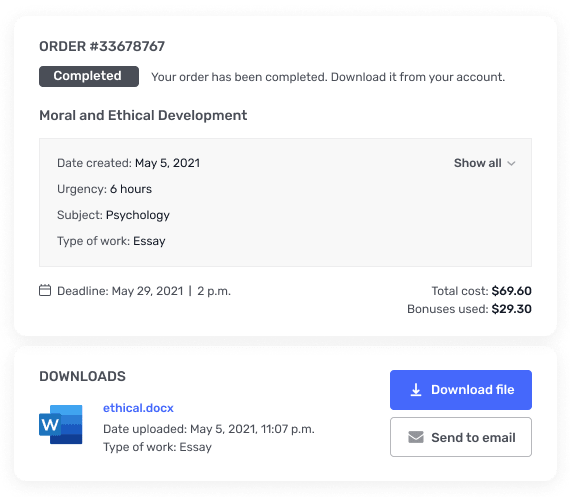: Mars and Hershey’s dominate the domestic chocolate candy bar business.
Question 1: Mars and Hershey’s dominate the domestic chocolate candy bar business. In thismature market, advertising by individual firms does little to convince more people to eat candy.Effective advertising simply steals sales from rivals. Big profit gains could be had if these rivalscould simply agree to stop advertising. Assume Mars and Hershey’s are trying to set optimaladvertising strategies. Mars can choose either row in the payoff matrix defined below, whereasHershey’s can choose either column. The first number in each cell is Mars payoff; the secondnumber is the payoff to Hershey’s. This is a one-shot, simultaneous-move game and the firstnumber in each cell is the profit payoff to Mars. The second number is the profit payoff toHershey’s.Hershey’s Mars CompetitiveStrategyAdvertiseDon’t Advertise Advertise$500 mil,$500 mil$300 Mil, $1 Bil Don’t advertise$1 Bil, $300 Mil$800 Mil, $800 Mil 1.Briefly describe the Nash equilibrium concept.2.Is there a Nash equilibrium strategy for each firm? If so, what is it?Question 2: Every year, management and labor renegotiate a new employment contract bysending their proposals to an arbitrator who chooses the best proposal (effectively giving oneside or the other $1 million). Each side can choose to hire, or not hire, an expensive labor lawyer(at a cost of $200,000) who is effective at preparing the proposal in the best light. If neither hireslawyers or if both hire lawyers, each side can expect to win about half the time. If only one sidehires a lawyer, it can expect to win three-quarters of the time.1.2. Diagram this simultaneous move game.What is the Nash Equilibrium of the game?3. Would the sides want to ban lawyers?




